Integration of in-house models (Aeolus, LPJmL, +C, PISM+PICO) into a fast, comprehensive Earth-system model (3D graphics by Boris Sakschewski)
Contact: Georg Feulner
Background
The CLIMBER (CLIMate and BiosphERe) models are a family of Earth-system models of intermediate complexity (EMICs) developed at PIK (CLIMBER-2, CLIMBER-3α, CLIMBER-X). EMICs attempt to overcome the gap between simple and comprehensive models by using a lower spatial resolution than general circulation models and simplified governing equations, yet describing the relevant processes and feedbacks in the climate system. EMICs are computationally less expensive, which makes them ideal tools for studies of long-term anthropogenic climate change, paleoclimate, and uncertainty analysis based on large model ensembles.
To bridge the gap between traditional EMICs and the current generation of comprehensive models, a new Earth-system model called the Potsdam Earth Model (POEM) is developed. It features a state-of-the-art ocean general circulation model, a higher-resolution statistical-dynamical atmosphere with improved dynamics as well as the state-of-the-art models LPJmL for the land biosphere and PISM for ice-sheets. Except for its unique fast atmosphere module, the new Earth-system model is thus comparable in complexity to the latest generation of climate models.
Scheme
Model components
Atmosphere
A novel pseudo-spectral moist-convective Thermal Rotating Shallow Water (mcTRSW) model called Aeolus2 is developed in house.
Previously, a statistical-dynamical atmosphere model (called Aeolus 1.0) with improved dynamics and higher resolution has been developed at PIK for POEM. Alternatively, GFDL's atmosphere models AM2 / AM4 can be used.
Ice sheets
For specific scientific questions, we are coupling the ice-sheet model PISM for Greenland and Antarctica into POEM.
Land surface and vegetation
An improved land-surface model specifically designed for coupling with the dynamic vegetation model LPJmL has been developed.
Coupling
GFDL's Flexible Modelling System (FMS) is used to couple all Earth-system model components.
Publications
Please have a look at the POEM Brochure: The Potsdam Earth Model POEM
- The POEM model output data that was used to contribute to Richardson et al. (2023) was also used in another analysis:
Drüke, M., Lucht, W., von Bloh, W., Petri, S. Sakschewski, B., Tobian, A., Loriani, S., Schaphoff, S., Feulner, G., Thonicke, K. (2024): The long-term impact of transgressing planetary boundaries on biophysical atmosphere-land interactions. Earth System Dynamics, 15(2), 467--483, doi:10.5194/esd-15-467-2024 - The corresponding data is published on zenodo:
Richardson, K., Lucht, W., Drüke, M., Hofmann, M. (2023): Data for Richardson et al. 2023, Science Advances. [Data set]. Zenodo, doi:10.5281/zenodo.8032156 - and also the model code:
Drüke, M., Petri, S., von Bloh, W. (2024): Model code for Drüke et al. 2024, Earth System Dynamics: The long-term impact of transgressing planetary boundaries on biophysical atmosphere-land interactions (Version v1). Zenodo, - Richardson, K. et al. (2023): Earth beyond six of nine Planetary Boundaries. Science Advances 9(7), eadh2458, doi:10.1126/sciadv.adh2458
- Hess, Ph., Drüke, M., Petri, S., Strnad, F.M., and Boers, N. (2022): Physically constrained generative adversarial networks for improving precipitation fields from Earth system models. Nature Machine Intelligence 4(10) doi:10.1038/s42256-022-00540-1
- Drüke, M., von Bloh, W., Sakschewski, B., Wunderling, N., Petri, S., Cardoso, M., Barbosa, H.M.J., and Thonicke, K. (2021): Climate-induced hysteresis of the tropical forest in a fire-enabled Earth system model. European Physical Journal Special Topics, 230, 3153-3162. doi:10.1140/epjs/s11734-021-00157-2.
- Drüke, M., von Bloh, W., Petri, S., Sakschewski, B., Schaphoff, S., Forkel, M., Huiskamp, W., Feulner, G., and Thonicke, K. (2021): CM2Mc-LPJmL v1.0: Biophysical coupling of a process-based dynamic vegetation model with managed land to a general circulation model. Geoscientific Model Development, 14(6), 4117-4141, doi:10.5194/gmd-14-4117-2021.
- Kreuzer, M, R. Reese, W. Huiskamp, S. Petri, T. Albrecht, G. Feulner, R. Winkelmann (2020): Coupling framework (1.0) for the ice sheet model PISM (1.1.1) and the ocean model MOM5 (5.1.0) via the ice-shelf cavity module PICO. Geoscientific Model Development, 14(6), 3697-3714, doi:10.5194/gmd-14-3697-2021, 2021.
- Totz, S., S. Petri, J. Lehmann, E. Peukert, D. Coumou (2019): Exploring the sensitivity of Northern Hemisphere atmospheric circulation to different surface temperature forcing using a statistical--dynamical atmospheric model. Nonlinear Processes in Geophysics, 26(11), 1--12, doi:10.5194/npg-26-1-2019
- Totz, S., A.V. Eliseev, S. Petri, M. Flechsig, L. Caesar, V. Petoukhov, D. Coumou (2018): The dynamical core of the Aeolus 1.0 statistical-dynamical atmosphere model: validation and parameter optimization. Geoscientific Model Development, 11(2), 665--679, doi:10.5194/gmd-11-665-2018
- Eliseev, A. V., Coumou, D., Chernokulsky, A. V., Petoukhov, V., Petri, S. (2013): Scheme for calculation of multi-layer cloudiness and precipitation for climate models of intermediate complexity Geoscientific Model Development, 6, 5, 1745-1765 10.5194/gmd-6-1745-2013
- Coumou, D., Petoukhov, V., Eliseev, A. V. (2011): Three-dimensional parameterizations of the synoptic scale kinetic energy and momentum flux in the Earth’s atmosphere Nonlinear Processes in Geophysics, 18, 6, 807-827 10.5194/npg-18-807-2011
Team members and responsibilities
- Coordination Georg Feulner, Kirsten Thonicke
- Scientific programming Stefan Petri, Sibyll Schaphoff
- Atmosphere Dim Coumou, Alexey Eliseev (A.M. Obukhov Institute of Atmospheric Physics RAS, Moscow), Vladimir Petoukhov, Masoud Rostami
- Ocean Matthias Hofmann, Willem Huiskamp, Stefan Rahmstorf
- Ice sheets and shelves Torsten Albrecht, Moritz Kreuzer, Ronja Reese, Ricarda Winkelmann
- Land-surface and vegetation Markus Drüke, Dieter Gerten, Kirsten Thonicke, Boris Sakschewski, Sibyll Schaphoff, Werner von Bloh





